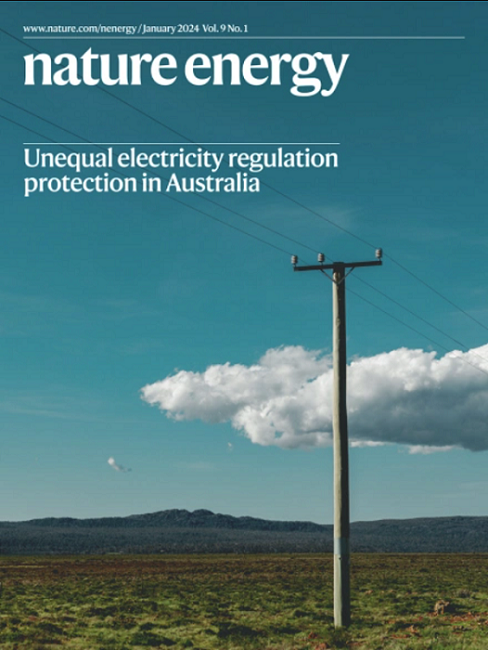Assessing cathode–electrolyte interphases in batteries
IF 49.7
1区 材料科学
Q1 ENERGY & FUELS
引用次数: 0
Abstract
The cathode–electrolyte interphase plays a pivotal role in determining the usable capacity and cycling stability of electrochemical cells, yet it is overshadowed by its counterpart, the solid–electrolyte interphase. This is primarily due to the prevalence of side reactions, particularly at low potentials on the negative electrode, especially in state-of-the-art Li-ion batteries where the charge cutoff voltage is limited. However, as the quest for high-energy battery technologies intensifies, there is a pressing need to advance the study of cathode–electrolyte interphase properties. Here, we present a comprehensive approach to analyse the cathode–electrolyte interphase in battery systems. We underscore the importance of employing model cathode materials and coin cell protocols to establish baseline performance. Additionally, we delve into the factors behind the inconsistent and occasionally controversial findings related to the cathode–electrolyte interphase. We also address the challenges and opportunities in characterizing and simulating the cathode–electrolyte interphase, offering potential solutions to enhance its relevance to real-world applications. The cathode–electrolyte interphase (CEI) is vital for battery cell capacity and stability but receives less attention than the solid–electrolyte interphase. The authors review CEI properties, emphasize using model cathode materials and coin cell protocols, and address challenges and opportunities in characterizing and simulating CEI for real-world applications.


评估电池中的阴极-电解质间相
阴极-电解质相间层在决定电化学电池的可用容量和循环稳定性方面发挥着关键作用,但与之相对应的固态-电解质相间层相比,阴极-电解质相间层的作用却黯然失色。这主要是由于副反应的普遍存在,特别是在负极电位较低时,尤其是在充电截止电压有限的最先进锂离子电池中。然而,随着人们对高能电池技术的不断追求,迫切需要推进对正极-电解质相间特性的研究。在此,我们提出了一种分析电池系统中阴极-电解质相间的综合方法。我们强调了采用模型阴极材料和纽扣电池协议建立基线性能的重要性。此外,我们还深入探讨了与阴极-电解质相生相克相关的研究结果不一致且偶尔存在争议的背后因素。我们还探讨了表征和模拟阴极-电解质相间过程所面临的挑战和机遇,并提供了潜在的解决方案,以提高其与实际应用的相关性。
本文章由计算机程序翻译,如有差异,请以英文原文为准。
求助全文
约1分钟内获得全文
求助全文
来源期刊

Nature Energy
Energy-Energy Engineering and Power Technology
CiteScore
75.10
自引率
1.10%
发文量
193
期刊介绍:
Nature Energy is a monthly, online-only journal committed to showcasing the most impactful research on energy, covering everything from its generation and distribution to the societal implications of energy technologies and policies.
With a focus on exploring all facets of the ongoing energy discourse, Nature Energy delves into topics such as energy generation, storage, distribution, management, and the societal impacts of energy technologies and policies. Emphasizing studies that push the boundaries of knowledge and contribute to the development of next-generation solutions, the journal serves as a platform for the exchange of ideas among stakeholders at the forefront of the energy sector.
Maintaining the hallmark standards of the Nature brand, Nature Energy boasts a dedicated team of professional editors, a rigorous peer-review process, meticulous copy-editing and production, rapid publication times, and editorial independence.
In addition to original research articles, Nature Energy also publishes a range of content types, including Comments, Perspectives, Reviews, News & Views, Features, and Correspondence, covering a diverse array of disciplines relevant to the field of energy.
 求助内容:
求助内容: 应助结果提醒方式:
应助结果提醒方式:


